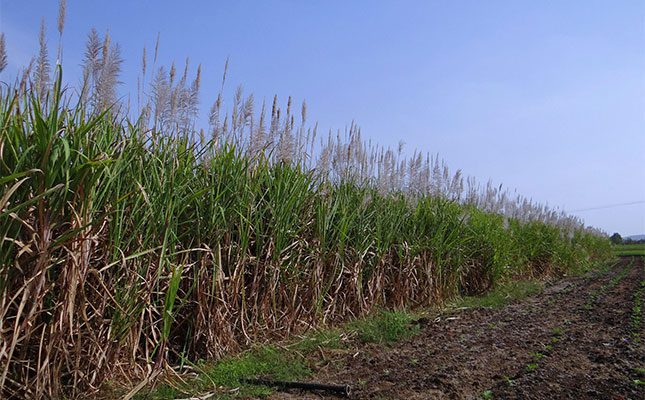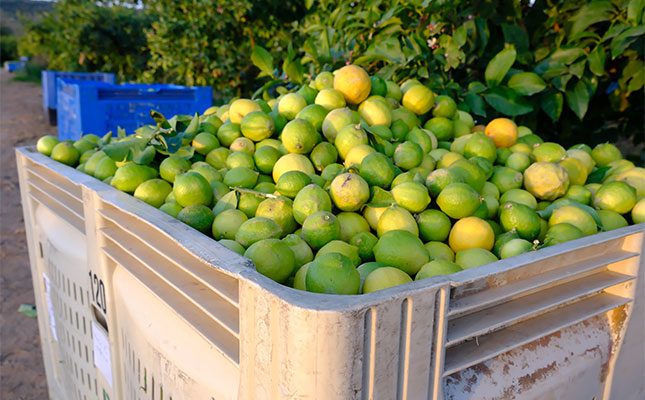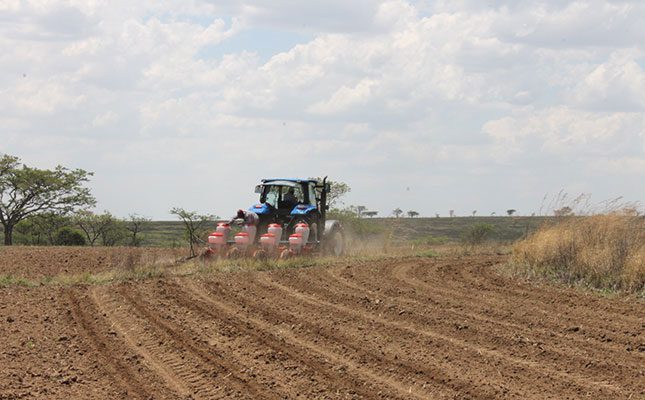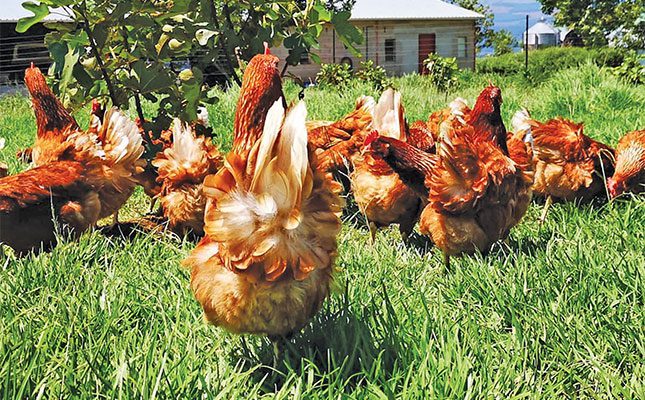
Photo: Transnet
However, the deciduous fruit industry and the South African Association of Freight Forwarders (SAAFF) say there’s room for further improvement.
“[Over] the past couple of weeks the port [of Cape Town] has performed relatively well, considering the new equipment [nine rubber-tyred gantries] have not been commissioned yet,” Jacques du Preez, general manager for trade and markets at Hortgro, said.
He added that it was currently a quieter time of year for fruit exports, except for the peak citrus period, and that wind delays tended to be less frequent during this time. Nevertheless, overall performance had improved.
Currently, the deciduous fruit industry is only exporting apples and pears.
Over the seven days ended 27 July, South African ports handled an average of 14 161 twenty-foot equivalent units per day, according to the SAAFF’s weekly Cargo Movement Update report. While this was 2% lower than the previous week, which saw container throughput reach levels last seen in the 2017/18 financial year, it was still 12% higher than projected handling volumes.
The SAAFF ascribed the progress to “operational improvements, better equipment utilisation, and stronger inter-stakeholder collaboration”.
According to Hortgro data, cumulative fruit exports from the Port of Cape Town for week 40 of 2024, ended 6 October, up until week 30 of 2025, ended 27 July, stood at about 73 000 40-foot container equivalents, compared with around 66 000 40-foot container equivalents for the same period in the previous year.
Key fruit-exporting ports’ weekly tallies were a mixed bag, with Cape Town handling 5% fewer containers than the week before, Gqeberha 26% fewer, and Ngqura 5% more.
The SAAFF noted that inclement weather and equipment breakdowns were the primary operational constraints at the Port of Cape Town, while vacant berths, agent delays, and poor weather were the biggest issues at the Eastern Cape ports.
Du Preez said the deciduous fruit industry expected its export volumes to increase by 5% annually. However, to determine how much the country’s port capacity and performance should grow, consideration should be given to the its overall fruit exports and dry cargo shipping volumes.
“The main pinch-point for fruit lies between January and March when peak shipments occur from Cape Town. Keep in mind that we divert cargo to the Eastern Cape ports out of necessity, and at great extra cost, when delays are experienced in Cape Town.
“If Cape Town is performing as it should, only fruit from the Langkloof [closer to the Eastern Cape ports] and vessel schedules would justify using the Eastern Cape ports instead of Cape Town. So, the required growth for the Eastern Cape ports depends on Cape Town’s performance,” he explained.









